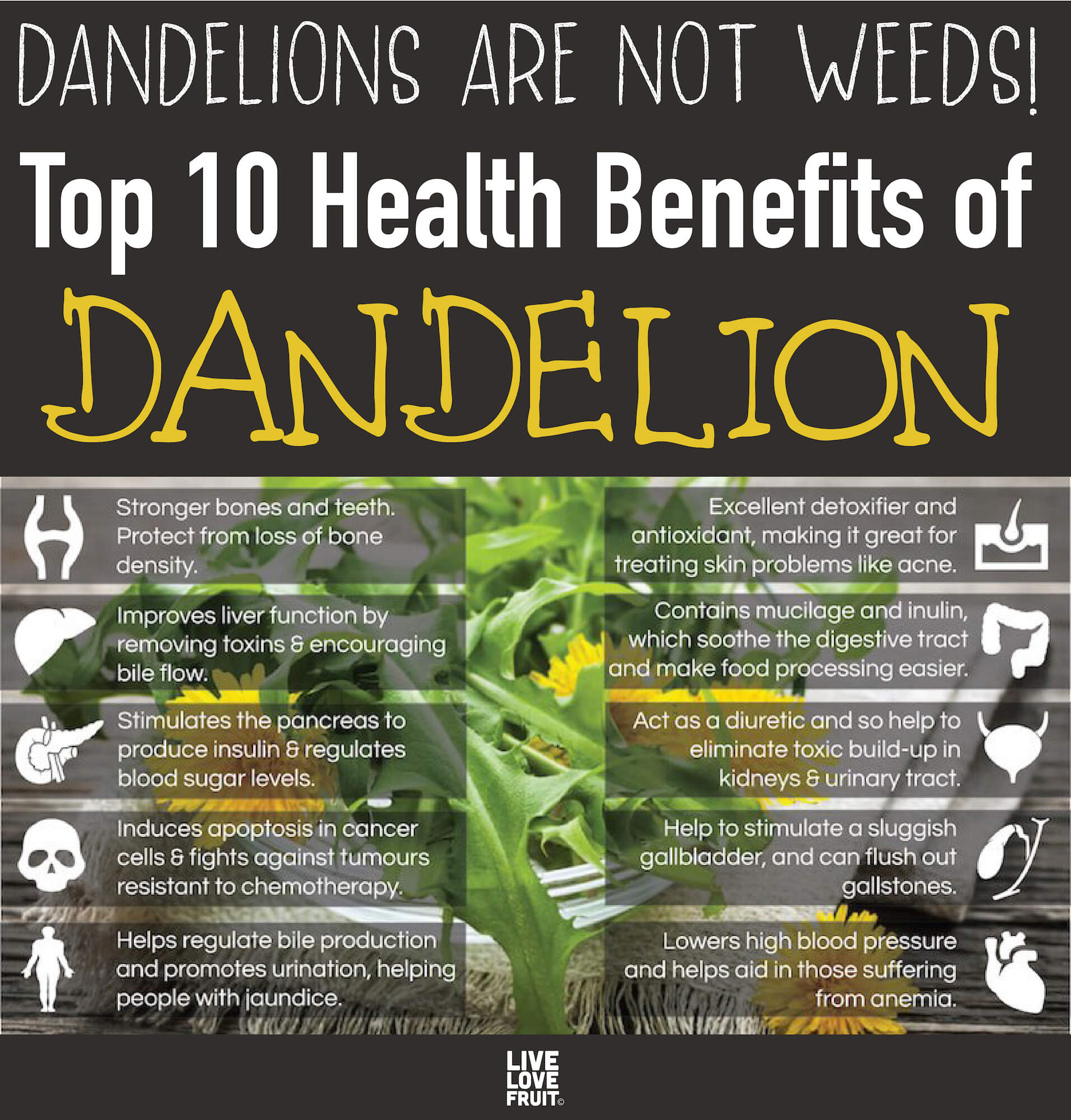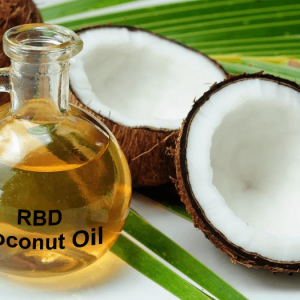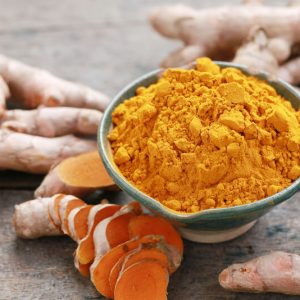Dandelions Are Not Weeds! Top 10 Health Benefits of Dandelion

People spray their lawns to get rid of it, while others use it to heal their body of numerous ailments. What could it be? Well, dandelions of course!
Whether your eat or juice the greens, indulge in the honey-flavoured flowers or steep some dandelion root tea, this herb is pure magic!
The health benefits of dandelion include bone and skin health, help with liver and urinary disorders, acne, jaundice, diabetes, cancer and anemia.
The only problem is, is that most people are killing the very plant that could be helping them. Dandelions are not a pesky weed, and should be utilized to their full advantage!
Dandelions Are Not Weeds
Only in the twentieth century did humans decide that the dandelion was a weed. Before the invention of perfectly manicured lawns, dandelions were more less praised as a natural medicine, food source and out-right magic. Back in the day, grass was dug out to make room for the dandelions – just imagine!According to the Maine Organic Farmers and Gardeners Association, “The use of dandelions in the healing arts goes so far back that tracing its history is like trying to catch a dandelion seed as it floats over the grass. For millennia, dandelion tonics have been used to help the body’s filter, the liver, remove toxins from the bloodstream. In olden times, dandelions were prescribed for every ailment from warts to the plague. To this day, herbalists hail the dandelion as the perfect plant medicine: It is a gentle diuretic that provides nutrients and helps the digestive system function at peak efficiency.”
Dandelions are also good for your lawn. Their roots break through hard-packed soil to help aerate the earth and help reduce erosion. Their deep taproots pull up calcium and other nutrients from the depths of the soil, making them available to other plants. These nutrients actually help fertilize the soil, improving the quality of grass and other surrounding plants.
Top 10 Health Benefits of Dandelion
Dandelions are a green and growing first aid kit! Their ability to heal and nourish the body from the inside out make them one plant you definitely do not want to get rid of this summer. There’s a reason dried dandelion root is so expensive.Here are 10 of the most important health benefits of dandelion:
Stronger Bones
Dandelions are calcium-rich, which is the main element required for the growth of strong, healthy bones. They are also high in antioxidants like Luteolin and Vitamin C, which protect from loss of bone density and bone weakening (1).
Liver Health
One of the greatest benefits of dandelion is it’s effect on our liver. Dandelion improves liver function by removing toxins, encouraging bile flow, and re-establishing hydration and electrolyte balance (2).
Diabetes
Dandelion helps stimulate the pancreas to produce insulin, and helps regulate blood sugar levels. It is also a natural diuretic, and thus encourages urination. What does this have to do with diabetes? It helps remove excess sugar and salt from the body, and reduces sugar build-up in the kidneys (thus helping reduce the risk of renal problems in diabetics) (3).
Urinary Health
As mentioned above, dandelions are a great natural diuretic, and so they help eliminate toxic build-up in the kidneys and urinary tract. The anti-microbial properties of dandelion also prevent bacterial growth in the urinary system, which is great for individuals suffering from recurring urinary tract infections (UTIs) (4).
Better Skin
Dandelion is an excellent detoxifier and antioxidant, making it one of the best herbal remedies for treating acne and other skin problems like psoriasis and eczema. It helps purify the blood, and improves liver function, both of which result in beautiful, glowing skin. The major chlorophyll content in dandelion greens is also a win-win for skin health.
Cancer
Another important use for dandelion is its powerful effects against cancer. Many studies have found that dandelion root extract is effective against the treatment of leukaemia and breast cancer. It acts by inducing apoptosis in leukaemia cells, while leaving healthy cells alone. It also has a positive impact against cancer cells that are resistant to chemotherapy.
Jaundice
Thanks to the liver-healing abilities of dandelion, it also helps with jaundice, a disorder of the liver, where it overproduces bile and messes with the body’s metabolism. Dandelion helps regulate bile production, and also promotes urination, helping to get rid of excess bile (5).
Gall Bladder Disorders
Dandelion leaf is great for stimulating a sluggish gallbladder (the organ that stores and excretes bile as the body needs it). Gallstones can even be flushed out by using a combination of dandelion and milk thistle.
Digestive Issues
Dandelion contains mucilage and inulin (6), which soothe the digestive tract and make food processing easier. It is also a great source of dietary fibre, which is crucial for proper intestinal health and improving gut flora. If you suffer from constipation or diarrhea, eat some dandelion greens!
Circulatory Health
The high levels of iron, B-vitamins and protein in dandelion make it a perfect food to eat if you suffer from anemia or other blood-related disorders. Dandelion is also a natural diuretic, so it helps lower blood pressure by getting rid of excess salt in the body. The fibre in dandelion is also helpful in reducing cholesterol, which we all know is an integral part of maintaining a healthy circulatory system.
How to Use Dandelion
Dandelion can be utilized in all its forms. Whether you want to use the flower and leafy greens in your salad, or steep a body-warming tea with the root, you can receive so many benefits from the plant!Here are some options for including dandelion in your day-to-day life:
– Harvest dandelion, clean the roots, dry them in a dehydrator and then make a tea out of them. Alternatively, you can steep dandelion root tea from a bag, but this is much more expensive.
– Harvest dandelion greens and stick them in a juicer for a major liver-cleansing “juice shot”.
– Add some dandelion flowers to your salad or to garnish another meal.
– Make a dandelion green salad mixed with other tender leafy greens to offset the bitters with more bland flavours and textures.
There are so many ways you can enjoy the benefits of dandelions. What are some ways you’ve utilized dandelion in your life? Let me know in the comments below!








Eating the leaves fresh just as effective as juiced for liver?
Thank you:)